
Самый тяжелый псто про холодное оружие.
I can’t help myself but to continue to address the things people are bringing up on this post.
First up @gao-l states that “It’s a common misconception that swords were meant to slice” unless you’re talking about katanas. This is(in large part) wrong. It of course depend on the type of sword you’re talking about, but many eastern weapons like the Japanese katana,

(above is pictured an Uchigatana, but you get the idea,) the Chinese Dao,
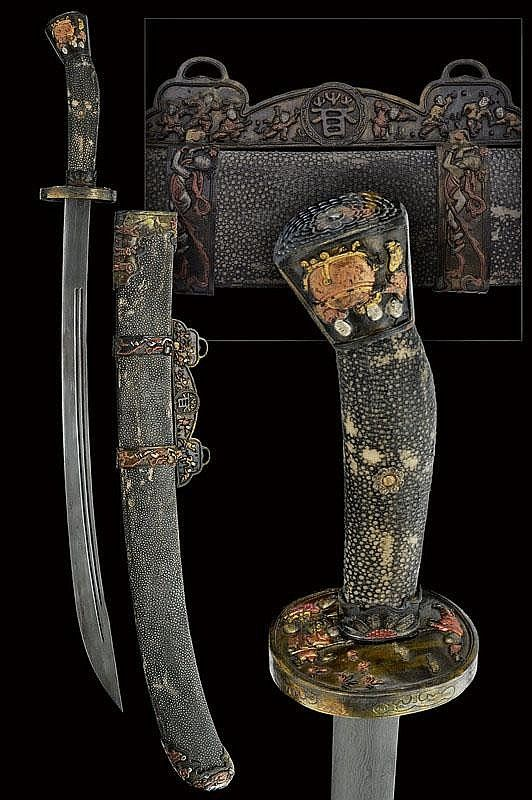
the Indian Tulwar,
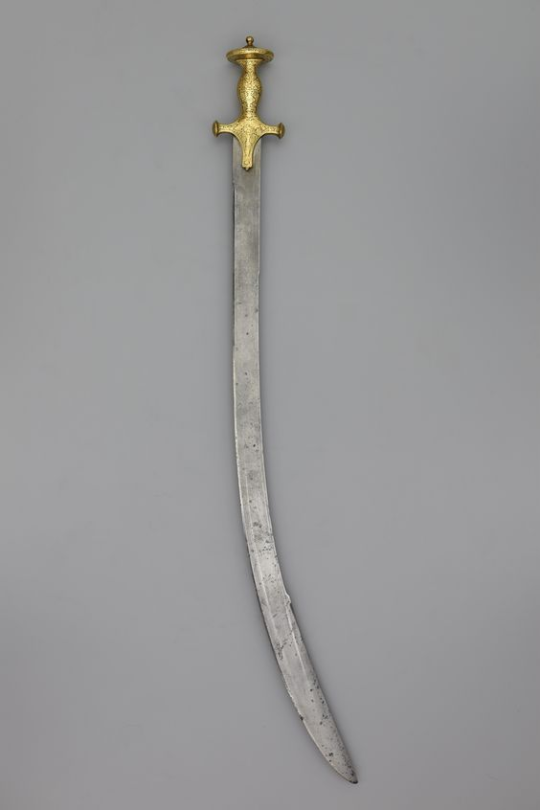
and the middle eastern Shamshir,
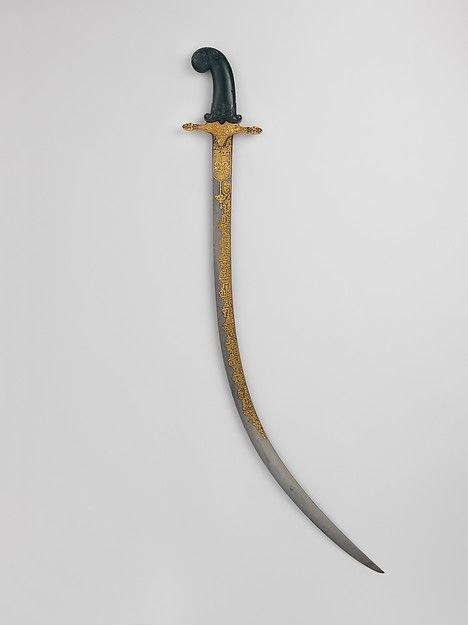
as well as a great number more of curved swords are all very obviously cut-centric weapons. Such should be self-evident.
Throwing in some European weapons, the falchion,
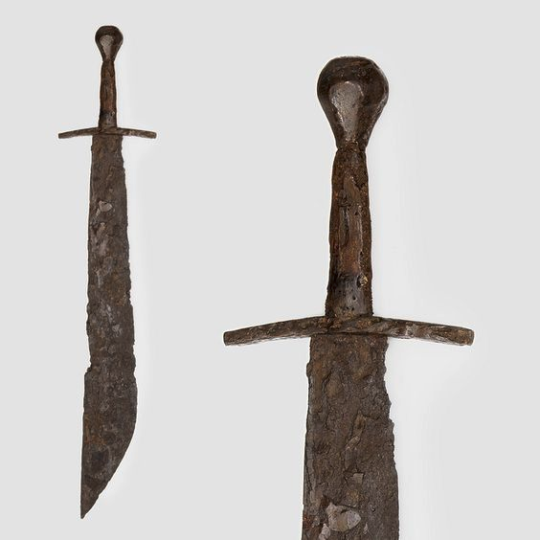
and the messer,
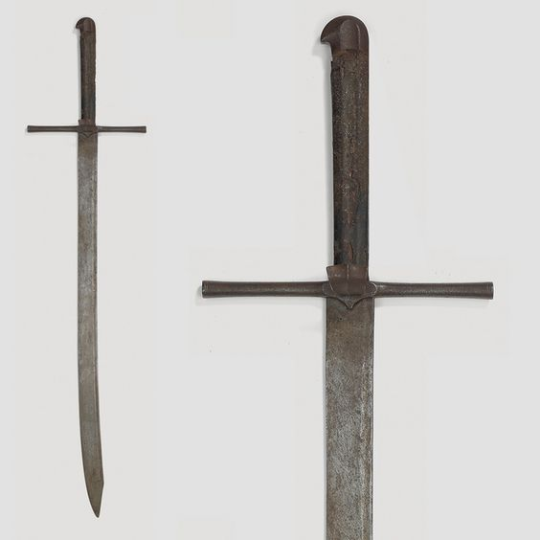
are also very obviously cut-centric weapons. I mean just look at the blade on the falchion, the thing is beefy, is is clear that cutting was what was in mind in that weapon’s design.
Now, when we’re talking about straight bladed, double-edged sword like the Chinese jian,
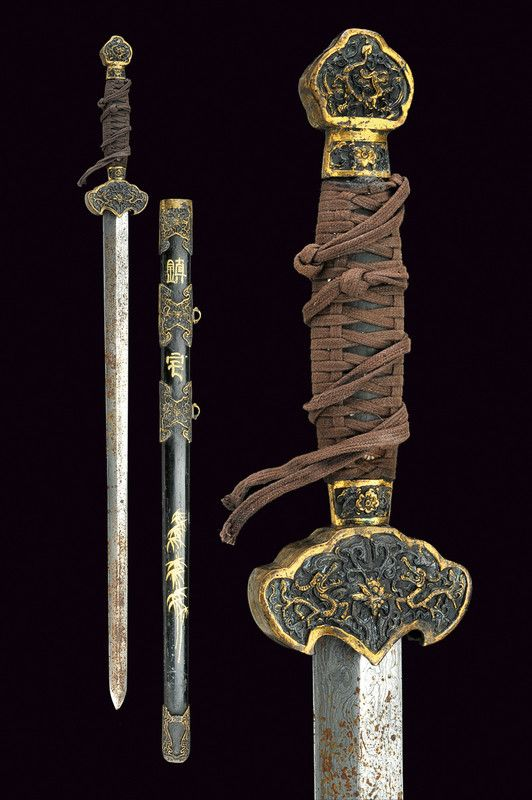
the European Longsword,
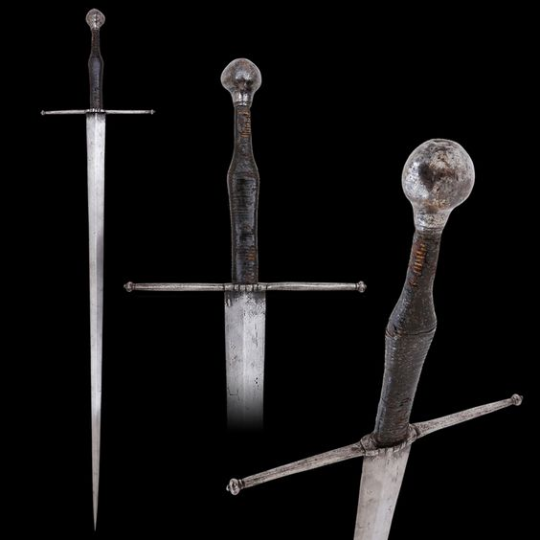
and one-handed weapons like the Arming sword or the side sword,
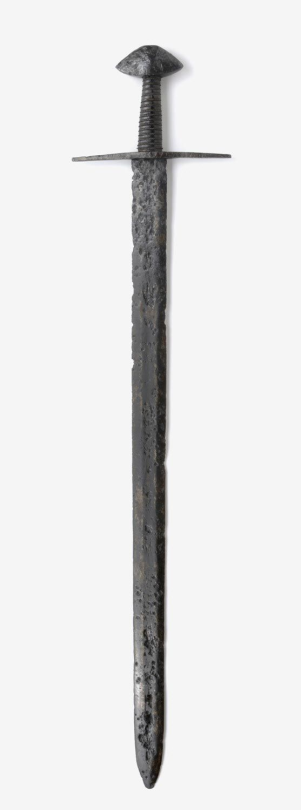
the issue is slightly more complicated.
@gao-l then saves face somewhat, clarifying their statement (in that they were talking specifically about longswords) and claiming that “15th century longswords were usually sharp, built for unarmored or lightly armored combat, whereas 14th century longswords were piercing weapons, built to break through plate armor.”
Well mate, you’ve got it backwards. As the medieval period progresses, armor technology becomes better and more protective. Naturally, weaponry adapts to this. Now, I cannot stress this enough, it is impossible to slice through plate, absolutely and utterly. So, as plate technology becomes more and more common, weapons adapt, moving away from slicing weapons, like the arming sword example i gave above, and to more slender and tapering weapons that will be more rigid, and better in the thrust, like the longsword pictured above.
This does not mean, however, that they become less sharp. Swords are not the primary weapon of the battlefield, with polearms filling that role. Swords are side arms, carried in the event that the polearm is lost, and carried (usually by nobility) as a tool for self-defense. In the event that one is using a sword in a self-defense situation, armor likely isn’t a factor, which means that cuts are a very viable option.
Just to round out the picture I began to paint above, two weapons that are thrust-centric are the Rapier,with its long slender blade, which can cut, but isn’t going to take off limbs like longswords and arming swords are depicted doing,
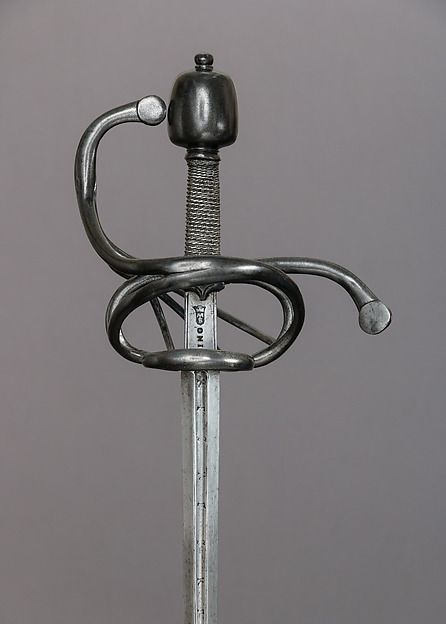
and, of course, the smallsword, which usually has a triangular-section blade. This means that the edges probably are totally dull, and the weapon cannot cut at all, however it is very stiff and as such can thrust very well.
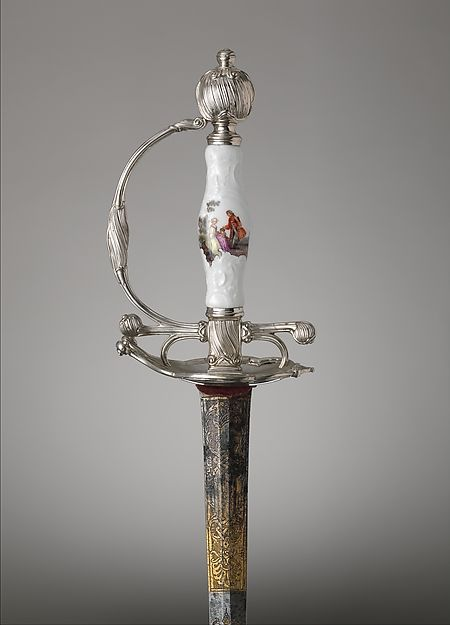
So no, European swords weren’t dull, and katanas are not “ultra-sharp” (@devildyke) It doesn’t matter how much “iron to spare” they have, if you’re fighting for your life with a weapon, you want it to be able to kill.
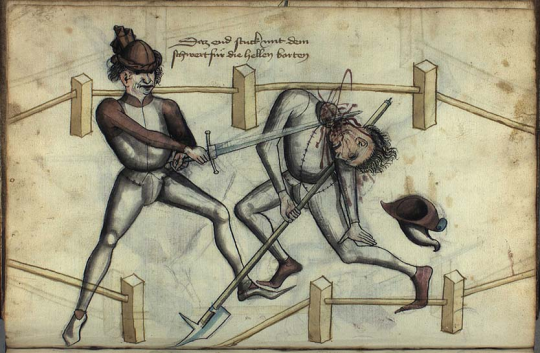
A plate from Talhoffer’s 1459 fechtbuch proving that, yes, longswords can indeed cut. Swords weren’t usually uber sharp, though, don’t mistake me. Maintaining the sharpest possible edge simply isn’t realistic, most swords would have been plenty sharp enough to cut your head off, but not necessarily shaving sharp.
Now onto the sword wobble which people love so much. There are a couple of things to say about that.
1.) All swords flex. Steel, especially when that thin, is a flexible thing, so even the most rigid of smallswords have a degree of flex.
2.) Cutting swords flex more than swords with a triangular blade, like smallswords or estocs. This is due to the blade cross-section. I order to have proper edge geometry to be able to cut, a blade needs to have a certain shape in the cross-section, though there are a variety of shapes to choose from.
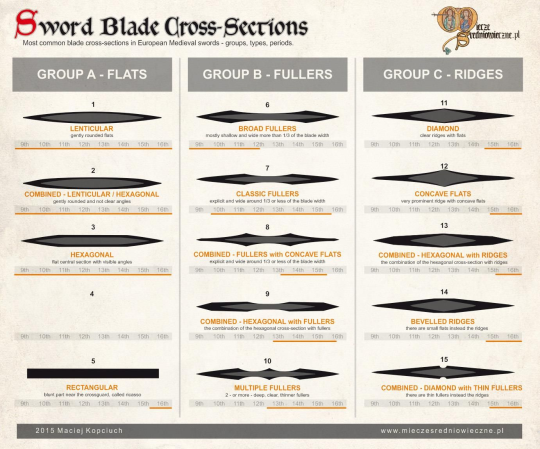
Взято: ostrich-san.livejournal.com